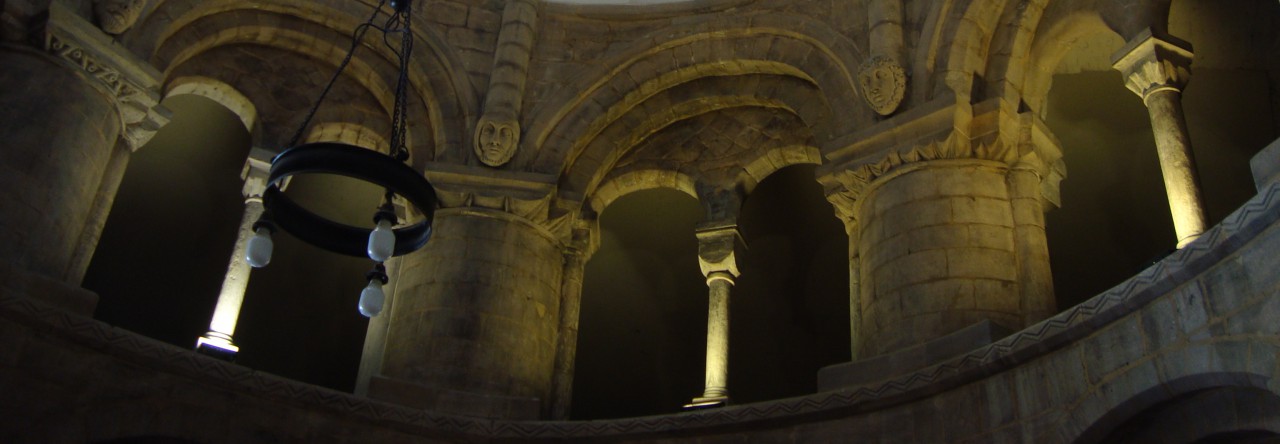
Lyra’s Oxford:
‘Lyra and the Birds’ by Philip Pullman,
engravings by John Lawrence.
David Fickling Books, 2003.
“Everything has a meaning, if only we could read it.”
— William Makepeace, alchemist.
This book’s title enshrines a dichotomy. Superficially it asserts that this is a city from the world Lyra inhabits, a world both like and unlike ours, that ambiguity given visual force by a wonderful fold-out map in the first edition hardback depicting the moody streets of Oxford overlooked by an airship at the Royal Mail Zeppelin Station.
But by the final pages it becomes clear that it’s Lyra herself who is to keep this world’s Oxford: “The city, their city — belonging was one of the meanings of that, and protection, and home.” There is a feeling that Oxford is looking after her and her dæmon Pantalaimon, a sense that will last her through the rest of her teenage years.
Will that protection however last through the central events of The Book of Dust?
Continue reading “Reading meaning in things”













